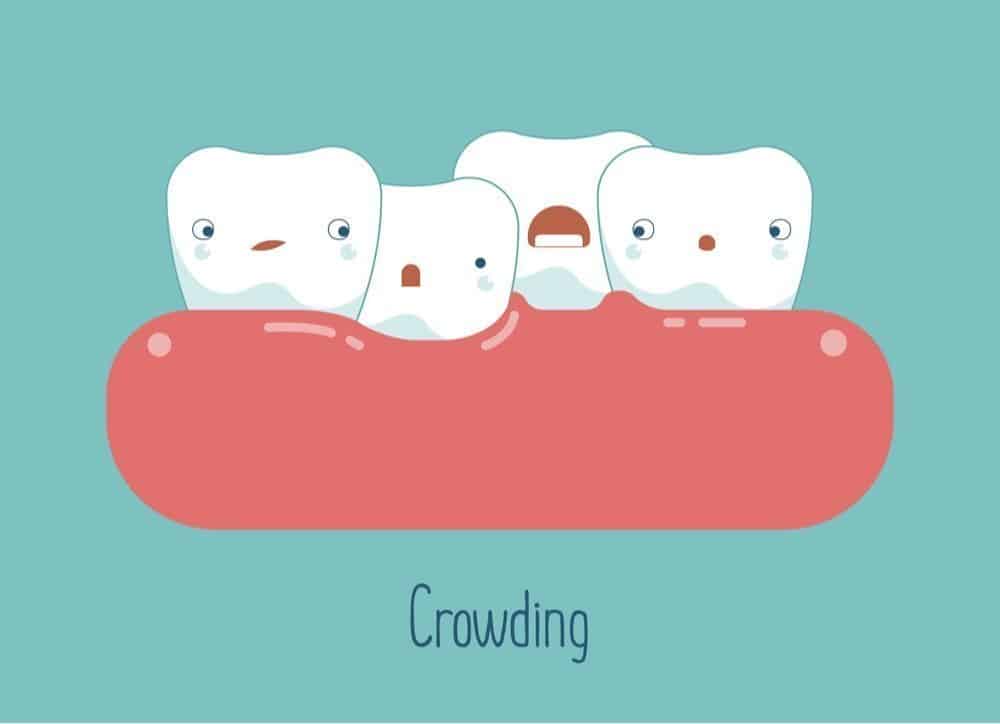The diagnosis process for teeth crowding involves several steps and utilizes a combination of visual examination, dental X-rays, and sometimes digital scans to assess the extent and nature of the crowding. If you’re considering orthodontic treatment for teeth crowding, understanding what to expect during the diagnosis process can help you feel more prepared and informed. Here’s a breakdown when looking to diagnose teeth crowding and find the right solution:
Initial Consultation
The first step in diagnosing teeth crowding is an initial consultation with your orthodontist. During this visit, you’ll discuss your dental history, any concerns you have about your teeth, and what you hope to achieve with treatment. This conversation helps the orthodontist understand your specific needs and expectations.
Oral Examination
The orthodontist will conduct a thorough oral examination to visually assess the crowding, the health of your teeth and gums, and any related orthodontic issues like bite misalignment. This examination provides a preliminary understanding of your orthodontic health and the complexity of your case.

Diagnostic Records
X-rays are a crucial part of the diagnosis process, offering a detailed look at the positions of your teeth and roots, the health of your bone structure, and any teeth that have yet to erupt. Panoramic and cephalometric X-rays are commonly used to assess orthodontic conditions.
Digital Scans or Impressions In some cases, the orthodontist may take digital scans or make impressions of your teeth. These records create a precise 3D model of your teeth, which is invaluable for planning your treatment. Digital scans are quick and comfortable, providing a clear picture of your teeth’s current positions.
Photographs Clinical photographs of your face and teeth from various angles may also be taken. These photos are useful for before-and-after comparisons and for planning your treatment.
Treatment Planning
With all diagnostic information at hand, the orthodontist will analyze the X-rays, scans, and models to determine the severity of the crowding and the best course of action. This analysis helps in crafting a personalized treatment plan that addresses your specific needs.
Discussion of Treatment Options
The orthodontist will discuss the findings with you, explaining the extent of the crowding and any related issues that need to be addressed. You’ll learn about the different treatment options available, including the types of braces or aligners that might be best suited for your case, the estimated duration of treatment, and what results you can expect.
Answering Your Questions
This is also an opportunity for you to ask questions and express any concerns. Whether you’re curious about the differences between metal braces and clear aligners, the impact of treatment on your daily life, or the costs involved, your orthodontist will provide the answers to help you make an informed decision.
Diagnose Your Teeth Crowding at Ahava Orthodontics in Fort Worth
The diagnosis process for teeth crowding is comprehensive, designed to ensure that every aspect of your orthodontic health is thoroughly assessed before beginning treatment. At Ahava Orthodontics, our team is committed to providing a detailed and understandable overview of your treatment options, guiding you toward the best solution for your smile. Remember, addressing teeth crowding not only improves the appearance of your smile but also benefits your overall oral health. If you’re ready to take the first step toward a straighter smile, contact us to schedule your initial consultation.




